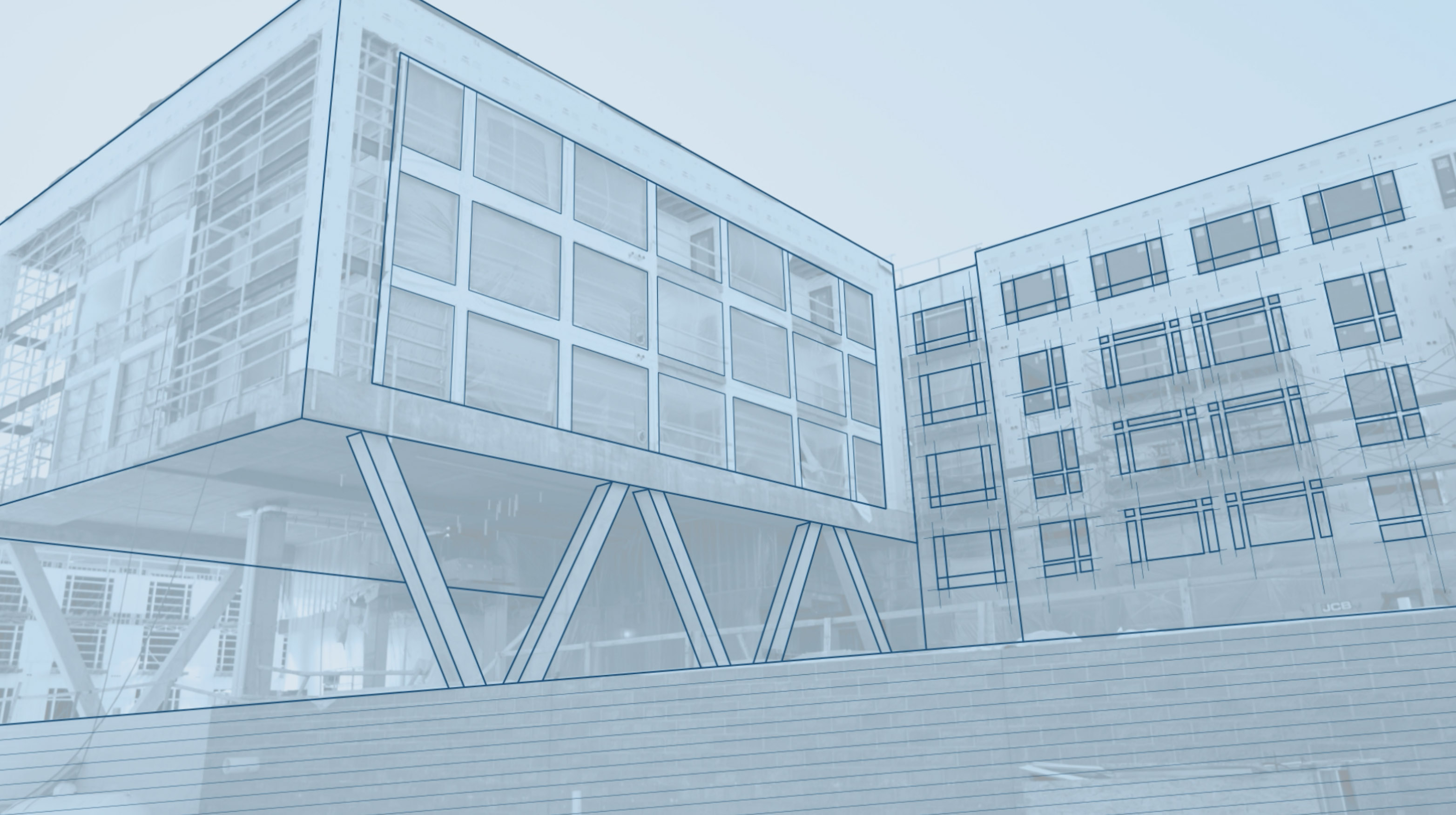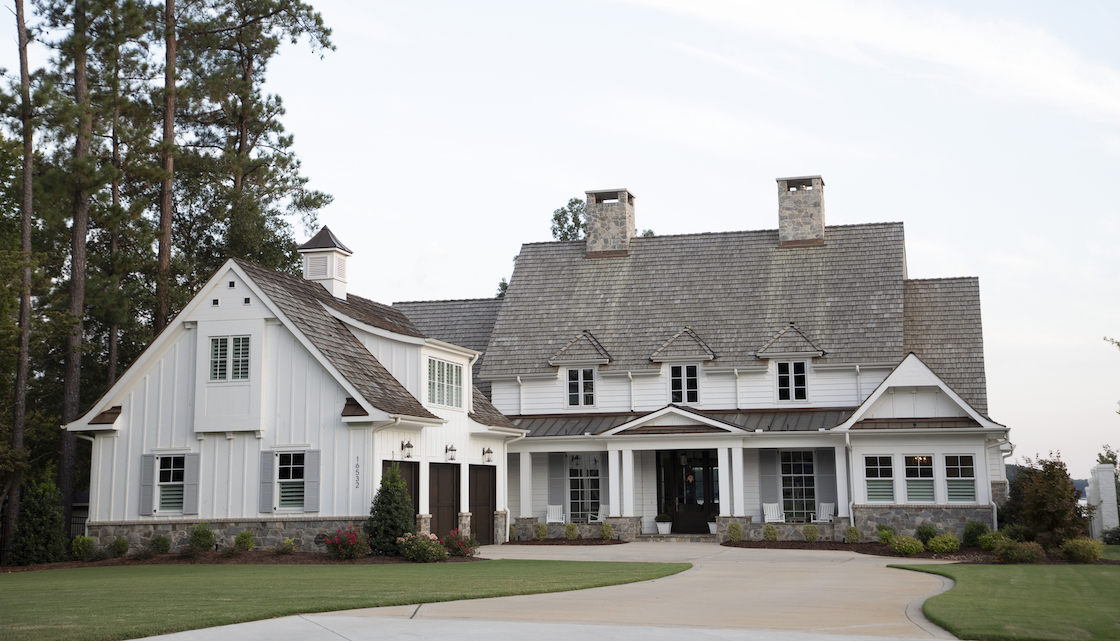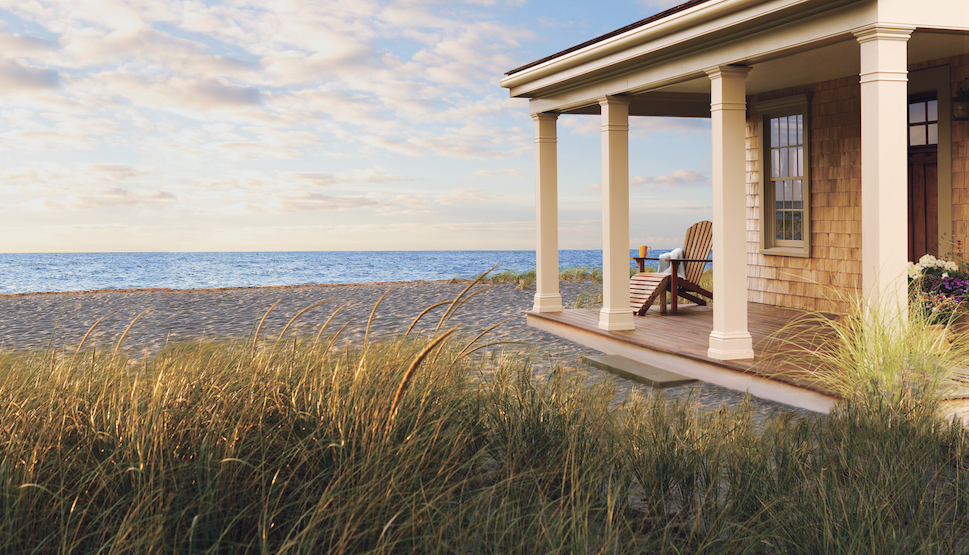Windows provide more than just light — it’s time to dive into the processes, benefits, and options with various building materials. Windows don’t simply emanate light into rooms anymore. Today they can affect everything from biophilic design to circadian rhythm to energy efficiency. Whether you’re a designer, contractor, or builder, there are many considerations to think about when choosing the best windows for a homeowner’s project. It’s important to have a solid understanding of the following topics when approaching a project. Performance classifications and gradesTestingManufacturing processesPerformance benefitsDesign options of various window types Each of these considerations align with the 2017 edition of the North American Fenestration Standard (NAFS), which currently defines the performance requirements for windows, doors, and skylights made of aluminum, vinyl, ABS plastics, fiberglass, cellulosic composites, and wood. These vinyl windows not only let in plenty of light and scenery, but they’ll last for years with their strength and…
Process mapping invites builders to visually map out projects, providing an invaluable tool for achieving greater productivity.
Learn how to get the most value out of your projects with enhanced software and management processes.
Choosing windows with the right performance grade for your project is about more than standing up to harsh weather. It’s also about meeting building codes and improving the life and safety of the structure without over specifying (and overspending). Learn the basics and how to calculate the PG rating you need in this short but information-packed video.
The rapid rise of a master homebuilder There’s a lot you can learn from Jason Black. In just five years, Black has taken Artisan Signature Homes, the company he cofounded and operates, from an idea to one of the top high-end custom homebuilders in Kentucky. In a typical year, he and his team will deliver eight homes, or about one every six weeks. His homes range from $400K to $2 million on up, with an average home value of $1.5 million. You may be thinking, “How did this guy go from a start-up to a top custom homebuilder in just five years?” He leaves no job behind. Small or large, new construction or a remodeling project, they all have the power to make new friends, circulate his name, win referrals, and help his company become the first one folks turn to when it’s time to build, well, nearly anything. Small project, big impact Jason Black…
Recruiting new talent and bringing them up to speed is a tall order when faced with demanding projects. Here’s how builders and remodelers can maximize productivity from their current workers to make room for growth. It’s no secret that the construction industry is struggling to recruit young workers. That’s why in today’s constrained labor market, it’s more important than ever that builders and remodelers have strategies for motivating their crews to accomplish more with less help. If this sounds like your situation, here are a few ideas to consider to help your workers and managers be more efficient in the long run. Delegate tactically Although it seems tough if you’re used to doing it yourself, delegating tasks to your crew can actually embolden them to take the initiative and put forth their best effort. We’ve seen this strategy succeed within one of the world’s most powerful organizations: the United States military. And building consultants like Clark Ellis, principal of Continuum Advisory Group, says strategic delegation is just as effective within the construction industry. “The smart delegation of decision-making can be a powerful productivity booster,” says Ellis. “I advise devolving tactical decisions, like warranty requests,…
Millennials are your future customers. Are the homes you build today ready to check off their wish lists and meet their needs? If you aren’t already selling your homes to millennial clients, you will soon. Millennials represent an enormous generation, and they are just beginning to buy homes. Now is a great time to learn more about them and how their tastes and requirements are similar to and different from other generations of buyers. Here are some findings and trends we’ve uncovered recently that will help you get to know this incredibly important group. First, who are millennials? Millennials are currently the largest segment of the US adult population, representing approximately 72 million people. (For comparison, boomers currently include 71 million, a number that will continue to decline.) “Older” millennials, those born between 1980 and 1989, were roughly 31 to 40 years old as of 2020. “Younger” millennials, born between…
Murfey Company applies technologies, practices, and procedures from other industries to advance their building business The building industry has a well-known reputation for being slow to embrace new technologies. This resistance is understandable given the complexity of the building business and the financial stakes. Many builders surmise the safest bet is to continue using tried-and-true methods as long as possible, regardless of the potential payoffs new tech solutions offer. However, a growing number of builders understand that the key to surviving and prospering in today’s marketplace ultimately depends on their willingness to adopt new business practices and technologies. These practices often aren’t complicated—many are proven and mainstream in other industries. The key is having the mindset and confidence to embrace them. Case in point: San Diego-based Murfey Company, a 10-year-old developer of single- and multifamily homes and commercial projects. Owners Russ and Scott Murfey say that the careful application of…
Keeping occupants safe and sound when the power goes out Whether caused by storms, wildfires, or something else, power outages are a fact of life. While the majority are inconvenient, extreme events can sometimes knock electricity out for weeks. Building homes for passive survivability helps keep occupants safe and comfortable during periods of power outages. A remodeling project is an opportunity to counsel clients on features that improve the home’s resiliency and stays comfortable for days without power. “It’s called passive survivability,” says Alex Wilson, president of the Resilient Design Institute in Brattleboro, Vt. “It’s about designing and building homes that remain habitable if they lose power.” The basics aren’t complicated. They include a super-efficient envelope with good insulation and air sealing. High-performance windows that take advantage of passive solar gain and natural ventilation are key to resilient homes built for passive survivability. Solar panels and home batteries further improve a home’s resilience during an…
Selecting windows and exterior doors for coastal environments According to the US National Oceanic and Atmospheric Administration (NOAA), 127 million Americans—40 percent of the US population—live in coastal counties as of 2016. That means 40 percent of homes are subjected to the climate, weather, salt, moisture, and wind that come with close proximity to large bodies of water. For coastal homes, window and door choices are not just aesthetic and energy-efficiency decisions—they are crucial to the building’s longevity and survival. Selecting exterior doors and windows designed to stand up to harsh coastal conditions provides your customers extra peace of mind and helps ensure the safety, resilience, and lasting value of their homes. Solutions for diverse challenges Ocean coastlines vary greatly—from the rugged and rainy Pacific Northwest to the sun-drenched sandy beaches of Florida and the Gulf—but water, wind, and salt are consistent considerations along all coasts. Plus, homes in hurricane-prone regions also face the prospect of extreme events and conditions. For homes along the freshwater coasts of the Great Lakes, snow, ice, and fierce winter storms take the place of salt and hurricanes at…










